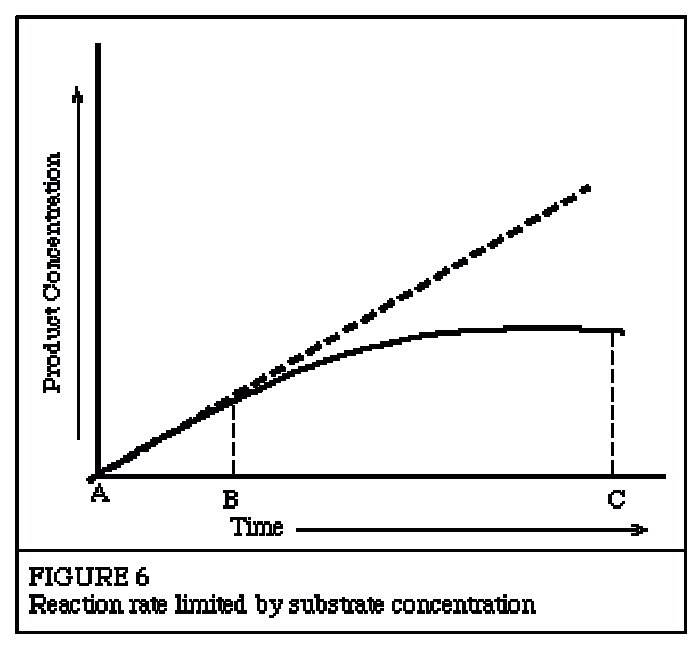Answer to Question 1
Correct Answer: 2
Rationale 1: The movement from high to low concentration involves simple diffusion.
Rationale 2: The movement from low to high concentration is against a gradient, and will require energy, via the process of active transport.
Rationale 3: Drugs can be given via any route, and need to move from an area of low to high concentration; they do not need to be given via IV.
Rationale 4: Drugs do not need to be given transdermally.
Global Rationale: The movement from low to high concentration is against a gradient, and will require energy, via the process of active transport. The movement from high to low concentration involves simple diffusion. Drugs can be given via any route, and need to move from an area of low to high concentration; they do not need to be given via IV. Drugs do not need to be given transdermally.
Answer to Question 2
Correct Answer: 4
Rationale 1: Facilitated diffusion utilizes a membrane carrier protein to cross a concentration gradient.
Rationale 2: Active diffusion involves use of an energy source.
Rationale 3: Absorption is the first step of pharmacokinetics, in which a drug moves from the site of administration to the blood.
Rationale 4: The process of moving from an area of high concentration to low concentration is called simple diffusion or passive transport.
Global Rationale: The process of moving from an area of high concentration to low concentration is called simple diffusion or passive transport. Facilitated diffusion utilizes a membrane carrier protein to cross a concentration gradient. Active diffusion involves use of an energy source. Absorption is the first step of pharmacokinetics, in which a drug moves from the site of administration to the blood.







